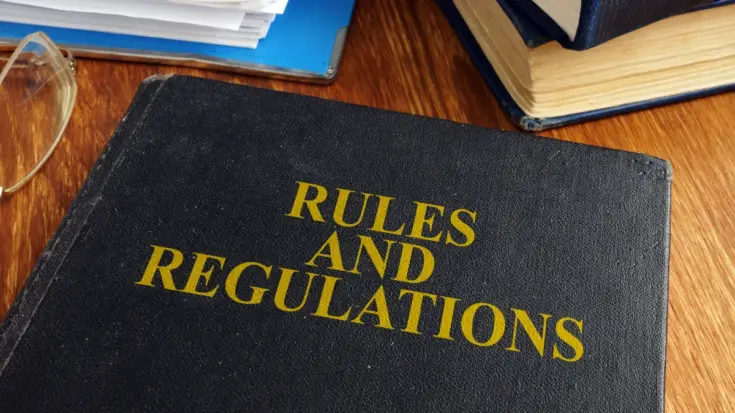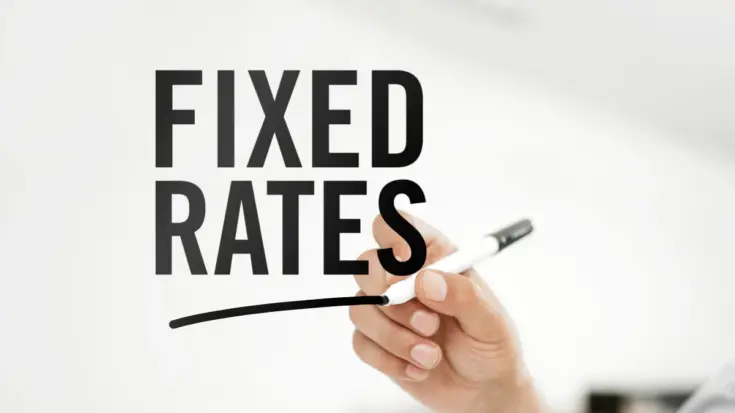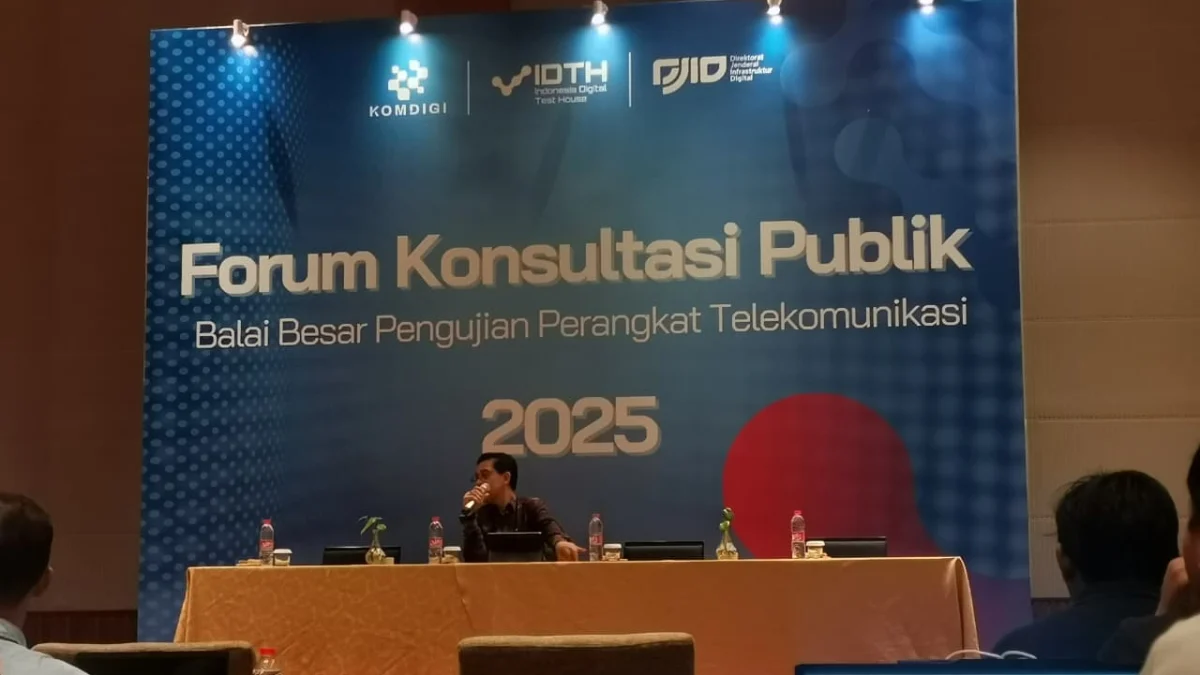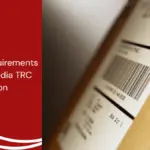At the Public Consultation forum, held at the Grand Travello Hotel in Bekasi, on Thursday, September 11, 2025, the Telecommunications Equipment Testing Center (BBPPT) and Indonesia Digital Test House (IDTH) presented a number of important renewal plans.
They not only discussed the plan to change the Implementation Guidelines for Telecommunications Equipment Testing as stipulated in Decree 36 of 2024, but they also announced the plans to change testing and calibration rates.
Previously, BBPPT the service of testing and calibration rates were regulated by Government Regulation (PP), which was considered to be inflexible. In March 2025, a Willingness to Pay (WTP) and Ability to Pay (ATP) survey was conducted to determine the willingness and ability of service users to pay for services.
Also Read
Table of Contents
Legal Basis for Changes in Testing and Calibration Rates

These changes in testing and calibration rates were not made on a solid basis. Volatile rates are rates that require at least one change per year. The following is the legal basis for this:
- Government Regulation Number 69 of 2020 – Procedures for Determining Rates and Types of Non-Tax Revenue
- Government Regulation Number 69 of 2020, Article 8, Paragraph (4), states that rates in the field of laboratory testing are included in the volatile rate category.
List of Devices Included in the Proposed Rates Change
Proposed fixed rates

- Mobile phones and mobile modems
- Mobile transceivers and mobile repeaters
- Television broadcast transmitters
- Maritime and aeronautical communication radios
- High Frequency (HF)/Very High Frequency (VHF)/Ultra High Frequency (UHF) communication radios
- Radar
- Public Switched Telephone Network (PSTN) and Power Line Devices
- Gateways, Switches, Routers, Multiplexers, and Signaling Devices
- Telecommunications Devices with Fiber Optic/Optical Line Interfaces; Devices with Hybrid Fiber-Coaxial (HFC); Free Space Optics; and Devices with Internet Protocol (IP) Interfaces.
- EMC
- Specific Absorption Rate (SAR)
- Point-to-Point/Multipoint Radio
- Satellite-Based Telecommunications
- All Types of Passive Antennas, All Range
- RLAN / RFID / NFC
- Low Power (<100mW) f < 50 GHz
- Automotive Short Range Radar System <50 GHz
- Other SRD Devices (<100mW) <50 GHz
Proposed reduction rates
- Mobile phones and mobile modems
- Mobile system centers and broadband wireless access (BWA)
- Audio broadcasting transmitters
- Electrical safety
- Bluetooth
- Set-top boxes/digital standard televisions/cable
Proposed new rates
- All subscriber stations in CTIA chamber testing
- Base Station (type 1-H & 1-O) in CTIA Chamber Testing
- Laser Safety
- EMC (for new features: Power Quality Emission, EMC Immunity & Surge, Transient & Field Immunity)
- All Types of Passive Antennas, All Ranges, Non-Chamber, CTIA
Proposed increase rates

- 5G NR Subscriber Station
- Low Power (<100mW) – 50 GHz < f < 110 GHz
- Low Power (<100mW) – > 110 GHz
- Automotive Short Range Radar System >50 GHz
- Other SRD Devices (<100mW) >50 GHz
- Other SRD Devices (<1000mW)
Proposed calibration rates
- Power meter
- Power sensor
- Frequency counter
- Multimeter
- Frequency standard/Reference frequency
- RF cable
- Spectrum analyzer
- Signal generator
- Network analyzer
- Oscilloscope
- Attenuator
- Amplifier
- Optics
- Measurement Receiver
- Electrical
- Modulation Analyzer
- EMI Receiver
- Line Impedance Selecting Network (LISN)
- Impedance Stabilizing Network (ISN)
- Connecting and Isolating Network
- Antenna Calibration
Proposed rates for proficiency test organizers
- Bluetooth
- RLAN
- Radio Communication Power ≤ 10 Watts
- Radio Communication Power 10 to 25 Watts
- Subscriber Station
- Conducted Emission
- Radiated Emission
- Short Range Device
- GPS Tracker
- Digital TV Receiver
- Non-Cellular LPWA
Currently, BBPPT has submitted a proposal for volatile rates to the Ministry of Finance since June 2025 and has been conducting ongoing discussions until September 2025.
The nominal value and implementation of the tariff will be announced by BBPPT after approval from the Ministry of Finance. It is important for all manufacturers and importers to be aware of these changes to the Testing and Calibration Rates, as they will affect the cost of applying for DJID certification.









